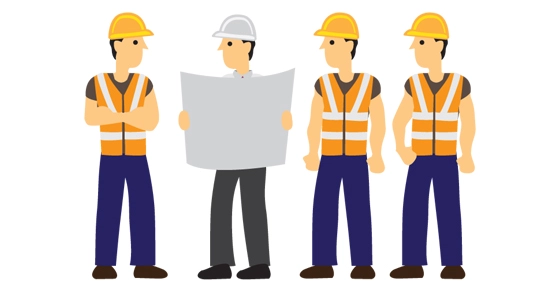Understanding Timber Sales, Sustainable Forestry Credits, and Tax Optimization
Our economy depends heavily on the forestry and timber sectors, which produce pulpwood, lumber, and other wood products. However, these companies may face a complicated tax environment. Considering timber sales and the possible advantages of sustainable forestry techniques, this guide delves into important tax issues that timber and forestry enterprises must deal with.
Timber Sales Taxation
Capital Gains versus Ordinary Income
The length of time you’ve had the timber determines how the sale of timber is treated tax-wise. Long-term capital gains tax rates, which are normally lower than regular income tax rates, apply to timber held for more than a year.
Depletion Deduction
To account for the progressive depletion of their timber resources, timber companies may claim a depletion deduction. By accounting for the forest land’s declining value due to tree harvesting, this deduction helps lower taxable income.
Comprehending Credits for Sustainable Forestry:
State and Federal Programs
Several national and local initiatives promote sustainable forestry methods. For undertakings such as replanting, creating forest management plans, and obtaining conservation easements, these initiatives might provide tax benefits.
Enhanced Marketability
Your timber may be more marketable as a result of using sustainable forestry practices, which may enable you to charge more to environmentally concerned consumers. Profits may increase as a result, possibly offsetting some of the initial expenses related to adopting sustainable practices.
Tax Optimization Strategies:
Monitor Your Basis
Keep thorough records of all the money you spend on reforestation, land acquisition, and upgrades to your timberland. When selling timber, your ability to deduct depletion or capital gains depends on assessing your basis in the property, which is determined by this information.
Examine Cost Segregation
Building components utilized in processing plants or administrative buildings with shorter depreciation schedules can be identified and categorized with the use of a cost segregation analysis. Faster tax deductions on these components are made possible as a result.
Consult a Professional
It is essential to seek advice from a tax expert with experience in the forestry sector. They may help you navigate the complexities of tax rules, offer suggestions for optimizing credits and deductions, and make sure that all relevant tax laws are being followed. Therefore, consider utilizing marketplaces like IfindTaxPro. You can post your project and find the right tax specialist for you.
Additional Considerations:
State and Local Taxes
Depending on the value of your timberland, several states and municipalities may levy property taxes or severance taxes on timber harvests. Look into any applicable municipal and state taxes that may affect your company.
Payroll Taxes
Wages given to your forestry employees are subject to employment taxes. Ensuring tax compliance requires an understanding of payroll tax requirements.
Forestry and timber businesses may manage the complexity of tax filing and possibly lower their tax burden by comprehending how timber sales are taxed, investigating attainable sustainable forestry credits, and putting good tax planning tactics into practice. To ensure the long-term financial viability of your forestry operation and to maximize your tax strategy, remember that working with a skilled tax specialist is crucial. By adopting sustainable methods and using a tax-efficient strategy, you may simultaneously ensure the success of your business and promote environmental well-being.








